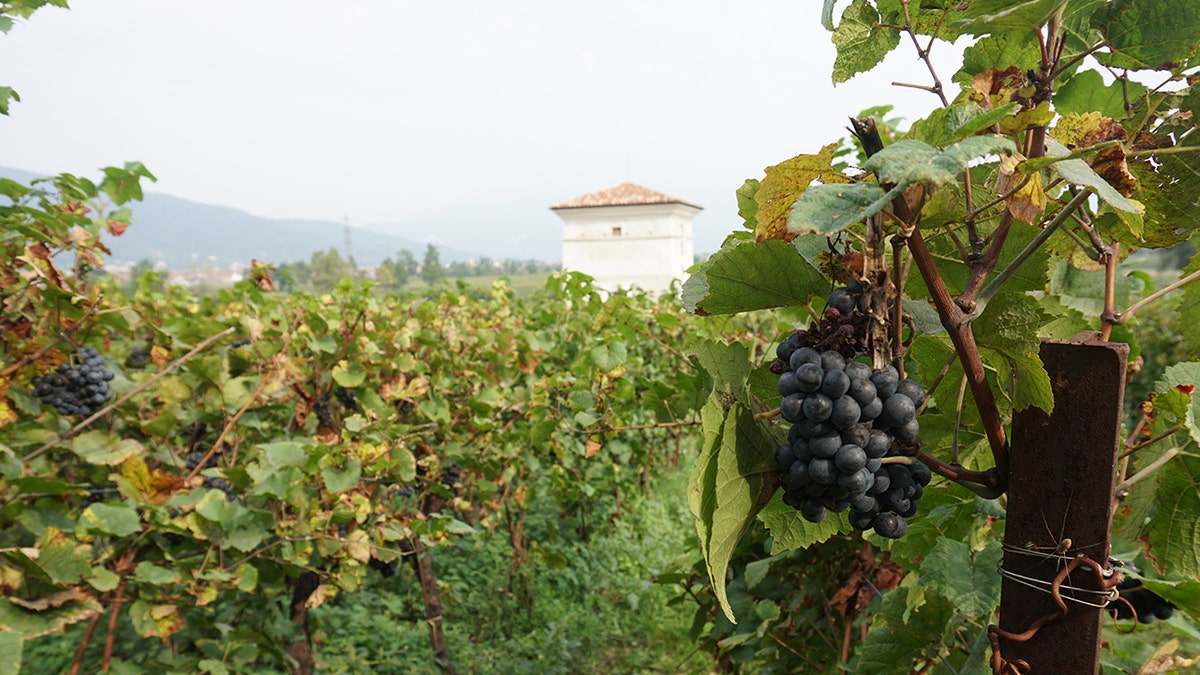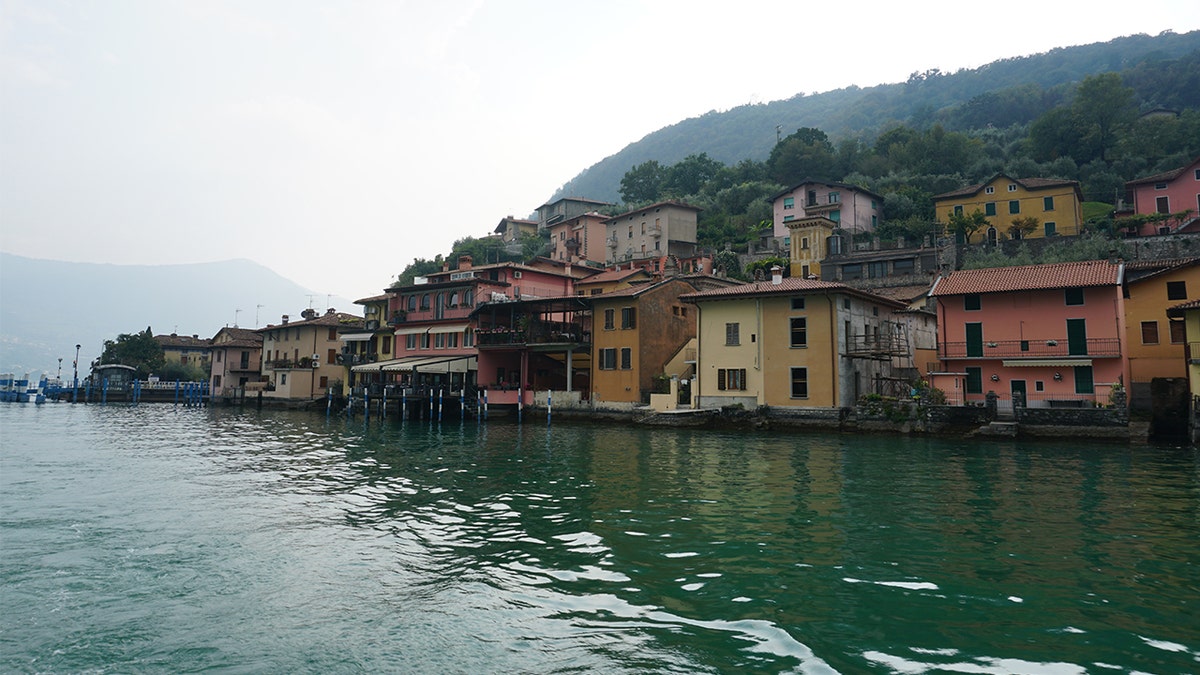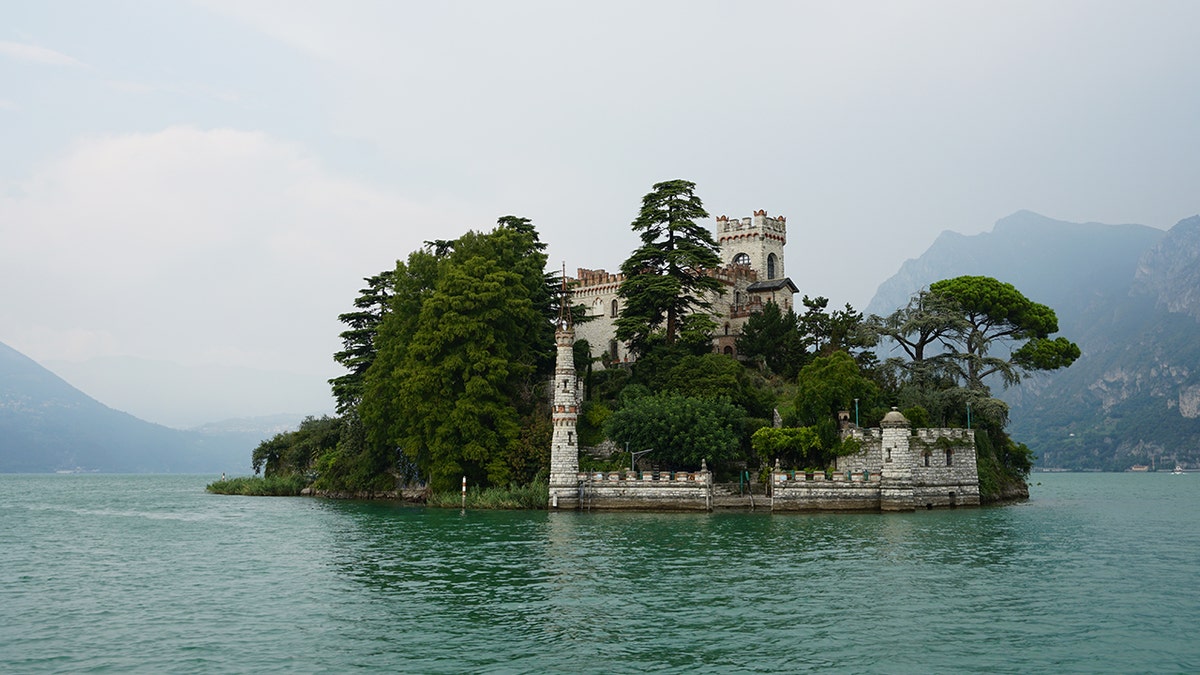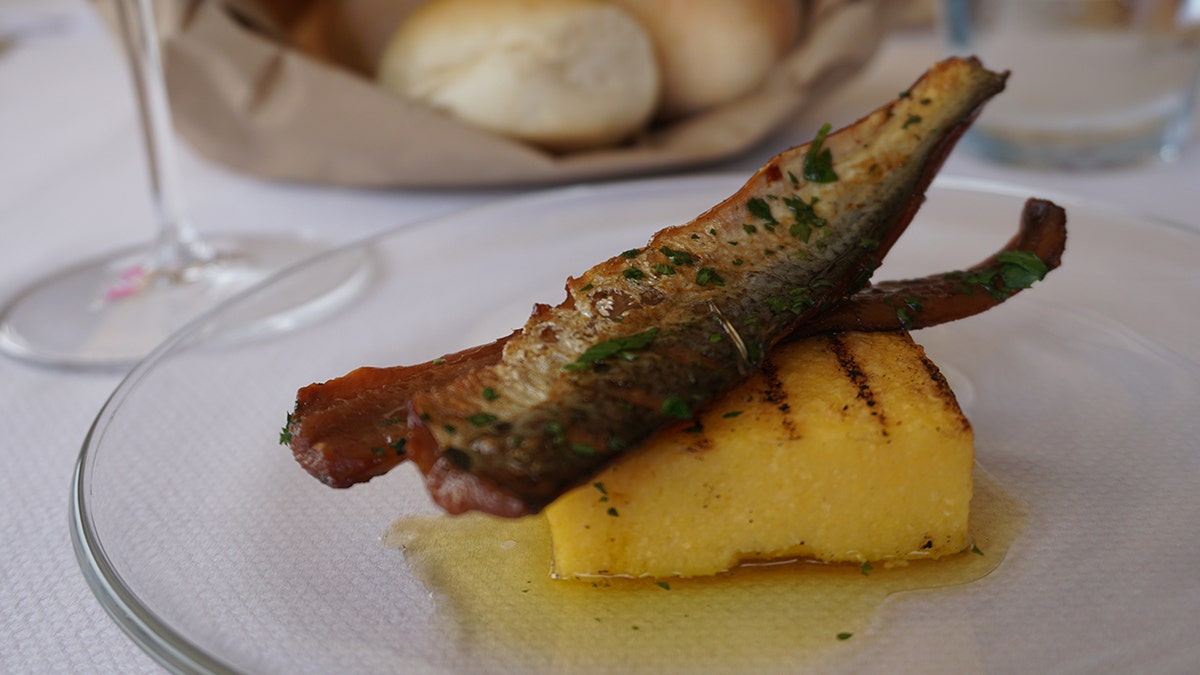
Franciacorta, Italy is the perfect sparkling wine destination. (Chelsea Davis)
If you love bubbly but are seeking a destination with fewer crowds, ample history, a bounty of Michelin stared-restaurants, incredible scenery and the possibility of rubbing shoulders with celebrity elites like George and Amal, then Franciacorta, Italy is the place for you.
Franciacorta, located in the Northern part of the country, is best known for its namesake sparkling wine, Franciacorta. This sparkling wine is handcrafted in the “metodo classico,” or traditional method of re-fermentation and aging in one bottle, the same method used in that other sparkling wine destination, Champagne. That said, Franciacorta is held to even stricter standards than the bubbly there.

While the story of Franciacorta is very young, the tradition of winemaking goes back centuries. (Chelsea Davis)
Though Franciacorta isn’t yet as popular as the famed region in France, it's not because of a lack of high-quality, award-winning wine. While Champagne has been around for centuries, Franciacorta just celebrated its 50th anniversary last year. In fact, the first bottle of Franciacorta was corked in 1961 by Guido Berlucchi and the region wasn’t granted official recognition until 1967. It’s important to note, however, that while the story of Franciacorta is very young, the tradition of winemaking goes back centuries.
MILLENIALS ARE FASTEST GROWING TRAVEL DEMOGRAPHIC, INCREASINGLY EXPLORING SOLO
Franciacorta produces around 10 percent of what Champagne does, which means smaller production, less shelf exposure and overall reach to the public. But don’t be mistaken. Though the region has yet to have the same global name recognition as Champagne, word is quickly spreading. Delicate, finessed, with an almost creamy mouthfeel thanks to the density of its bubbles, Franciacorta is known for its complexity, crispness and range in styles from rosé to satèn, a silky smooth style unique to the region.

Franciacorta’s history dates back to before the year 1000. (Chelsea Davis)
Because Franciacorta is a relatively new addition to the world of wine, the region isn’t packed with tourists or tour buses just yet, and winery tours are more often than not led by the owners who are genuinely excited to share their sparklers and production methods.
“At the end of the day, you shouldn’t compare the two,” explained Riccardo Ricci Curbastro, owner of Ricci Curbastro Wines. “We don’t like to compare because it makes it seem like Franciacorta needs a comparison to talk about itself, but in reality, we can talk about our region separate from anywhere else in the world without a comparison to spark the conversation. If you want to discover something in Italy that hasn’t be explored before, this is it.”

Lake Iseo as a whole is a beautiful place to explore, a dramatic landscape characterized by cliffs, gently sloping hills and the Alps. (Chelsea Davis)
Visitors coming to Franciacorta aren’t limited to vineyards and wine tastings. Franciacorta’s history dates back to before the year 1000, with the presence of large monastic institutions. History buffs can explore the city of Brescia, a designated UNESCO World Heritage Site which is home to some of the best preserved Roman ruins in Italy, a medieval castle, monuments, cathedrals and monasteries.
Visitors searching for a picturesque place where time stands still can board a ferry to Monte Isola, Europe’s largest inhabited lake island. It’s famous for its local culinary traditions that include sardina, a preserved fish often served griddled and on a bed of polenta, and freshwater fish caught daily by local fishermen.

Monte Isola is famous for its local culinary traditions that include sardina, a preserved fish often served griddled and on a bed of polenta. (Chelsea Davis)
FOLLOW US ON FACEBOOK FOR MORE FOX LIFESTYLE NEWS
Lake Iseo as a whole is a beautiful place to explore, a dramatic landscape characterized by cliffs, gently sloping hills and the Alps. As the sixth largest lake in Italy, it’s scattered with fishing villages, quaint towns and medieval churches.
For foodies, there are countless fine dining establishments in the region, some of which are housed in monasteries and mansions perched atop lush hills. Taste the freshest fish around at the hyperlocal seafood restaurant Locanda al Lago in the heart of Lake Iseo or order the purple potatoes with red shrimp and Franciacorta at the Michelin starred restaurant Due Colombe Restaurant at Borgo Antico. Enjoy classic, regional dishes at Miramonti l’Altro a restaurant known for its creative cuisine, housed in a neoclassical villa or opt for epicurean experimentation at the newly opened Laboratorio Lanzani where you can dine al fresco underneath sprawling grape vines.




















